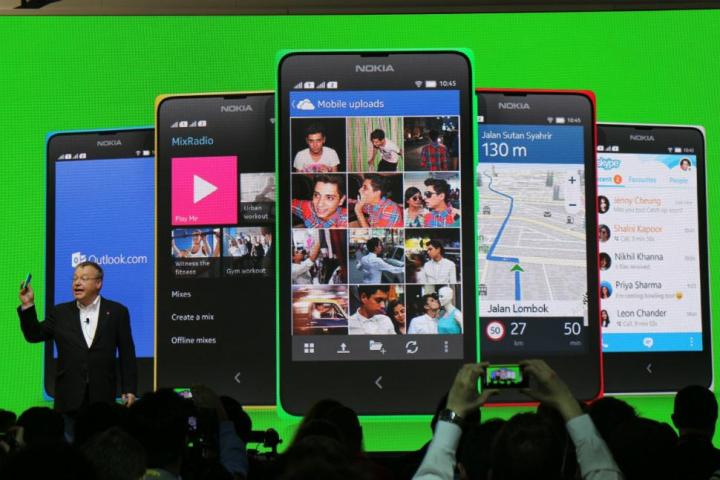
Stephen Elop, who was once considered as a possible replacement for departing CEO Steve Ballmer, will rejoin Microsoft to run its devices division. Elop used to head Nokia, which struck a deal with Microsoft last September to sell its phone business.
In an internal memo sent to employees, Microsoft CEO Satya Nadella announced Elop’s new position, saying:
“Effective with the close of our deal with Nokia, Stephen Elop will join Microsoft as Executive Vice President, Microsoft Devices Group, reporting to me … I’ve had a chance to work closely with Stephen, when he was previously a senior leader with Microsoft, as a key partner during his tenure as Nokia CEO, and again in the last several months as we’ve worked through the initial stages of integration planning. I look forward to working with Stephen as a key member of the senior leadership team and welcoming the Nokia Devices and Services employees to the Microsoft family.”
With his new position, Elop will take charge of handsets and the Microsoft Surface. He is also expected to play a role in the company’s Xbox business. Elop’s appointment has further fueled speculation over the future of the Xbox. Ever since Nadella was named CEO in February, there have been rumblings that Microsoft would sell off its Xbox division in spite of valuable assets such as its Gears of War and Halo franchises. Back in November, when Elop was still in the running for the Microsoft CEO job, Bloomberg reported that he was in favor of selling Xbox. Nadella says he’ll work closely with the Xbox division head Phil Spencer, likely to create future Xbox hardware.
The Microsoft-Nokia deal expected to be completed in April. However, a report from the Wall Street Journal, a tax audit on an Indian cell phone factory may delay the sale by another 6 months.


